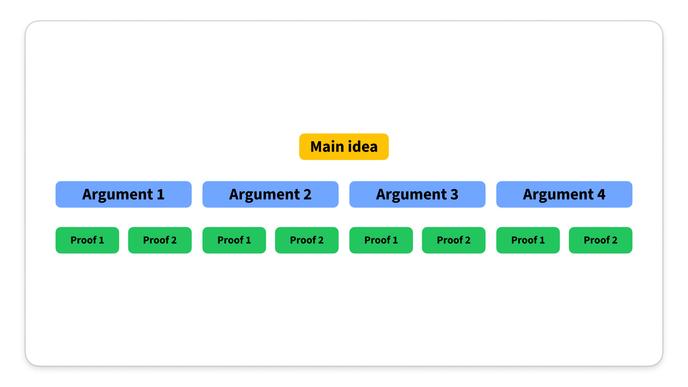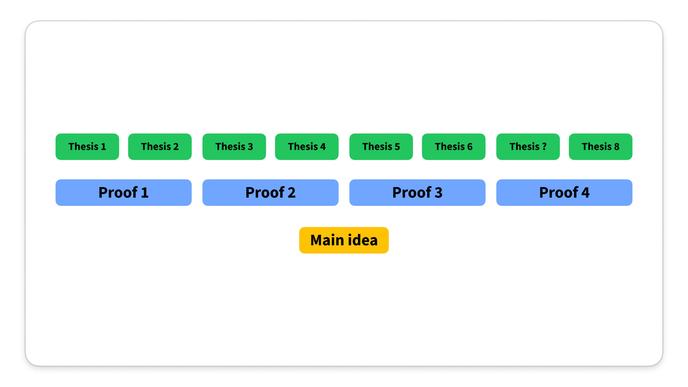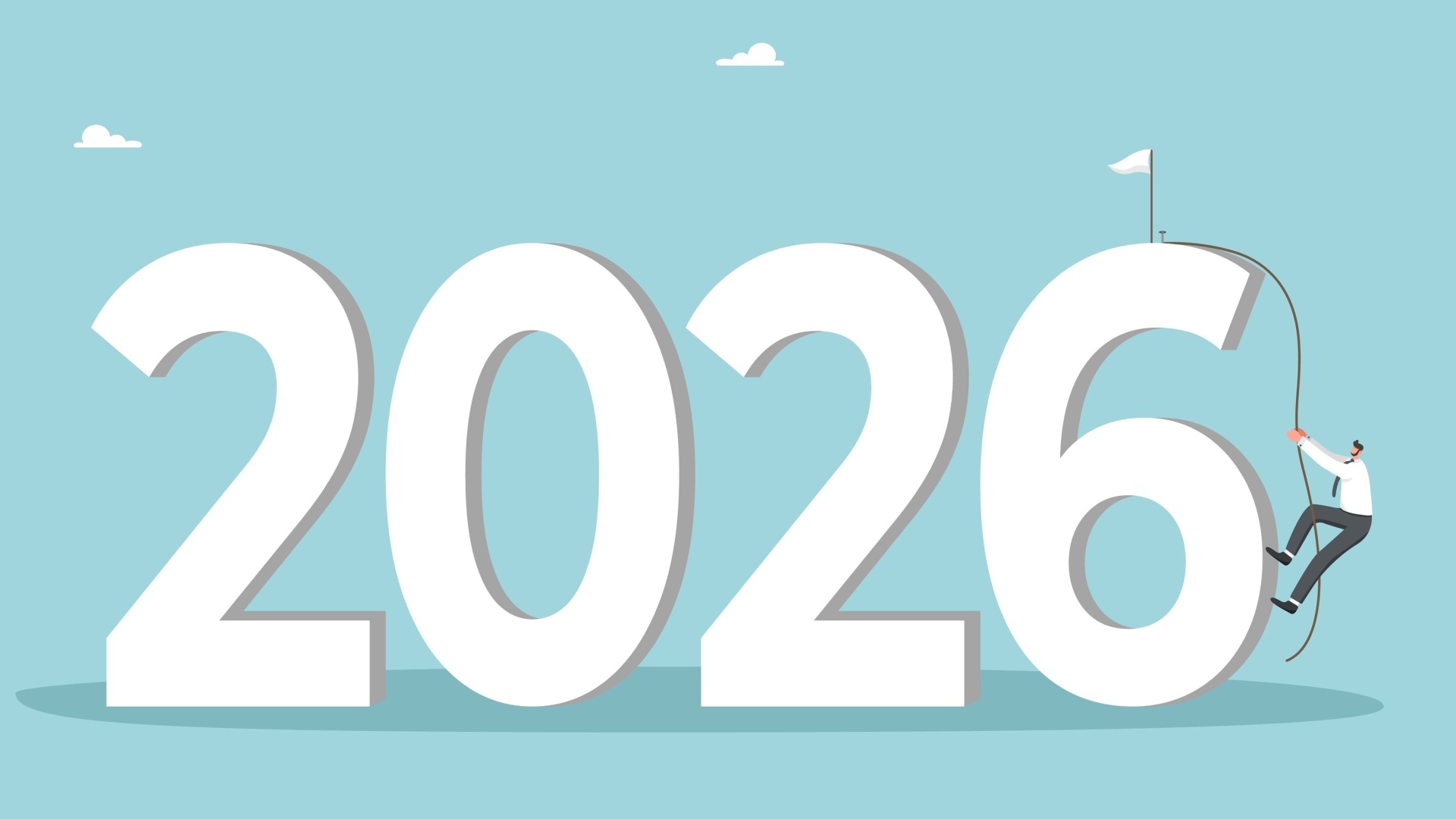The Minto Pyramid and How to Use It to Persuade Any Interlocutor
Are you wondering how to persuade someone of your point of view, win over an opponent, or simply convey your main idea in a way that is clearly understood?

It's no easy task-especially in today's world, where a person's attention span averages only eight seconds. The Minto Pyramid can help you speak concisely, competently, and clearly. Let's find out what this technique is about and how to use it correctly.
What is the Minto Pyramid?

The Minto Pyramid is a universal tool that helps you present your thoughts effectively-whether in public speaking or business writing. Simply put, it's a method for preparing letters, emails, presentations, proposals, reports, and summaries.
The core of the method lies in structuring your message using a predefined pattern-from the most important to less significant details, or, in other words, from general to specific. There is also a reverse format-from specific to general. In the first case, the speaker or author should begin by stating the main idea-the essence of the speech or text-and then present supporting arguments and details. When going from specific to general, one begins by presenting key facts and then synthesizes them to form the main conclusion.
The key is that each thought in your speech or text should logically follow from the previous one and lead to the next, in a single hierarchy-either top-down or bottom-up.
Visually, this can be represented as follows:

And correspondingly, here is a structure from specific to general.

It is believed that the top-down hierarchy-from the main idea to supporting arguments-is more easily understood by a general audience.
Why is it called the Minto Pyramid?
The name originates from the pyramid-shaped or inverted-pyramid layout of information. "Minto" is the surname of the method's creator. Barbara Minto became the first female consultant at the international management consulting firm McKinsey in 1963. In 1973, she founded her own company, Minto International Inc., and began teaching at Harvard and Stanford business schools, as well as training employees at major American and European organizations.
In her book The Minto Pyramid Principle: A Guide to Logic in Writing and Thinking, Barbara detailed this technique. It turned out to be simple, intuitive, and most importantly-effective. Since the 1970s, the Minto Pyramid has been considered the international standard for preparing business texts and public speeches. Although initially developed for business correspondence, it is now successfully applied to various formats, including articles, lectures, and instructional materials.
Understanding the Structure of the Minto Pyramid

The Minto Pyramid is structured so that each subsequent level supports and proves the level above it. According to the method, any text should consist of several key components:
- Introduction: First, immerse your audience-whether listeners or readers-into the context of the issue you're going to address. To immediately grab and maintain attention, clearly present a question, a problem, or a relevant challenge.
- Main Idea: This is your solution to the problem introduced in the beginning. It includes a specific and concise answer to the posed question. You should offer your proposed way out of the situation.
- Arguments: Next, present the statements that support your main idea. These will convince the audience of your point and the effectiveness of your solution. Minto explained that there can be several groups of arguments, but it's important to maintain a clear line of thought and back up your words with strong evidence. These arguments form the structure of your text or speech.
Sometimes, further evidence for each argument is presented as a separate step. This is helpful when explaining complex topics or large-scale ideas. In this case, go one level deeper in the pyramid and justify each argument individually. The number of levels should not exceed what is necessary for your audience to clearly understand your point-typically no more than five.
- Conclusion: The final component of the Minto Pyramid, although not always necessary. If the introduction is well-crafted and each argument is sequentially supported by evidence, the audience will understand your point even without a concluding section. However, in some cases, a conclusion is useful to reiterate your main idea and suggest a well-reasoned solution. It's also appropriate at the end of any speech or message to invite the audience to ask questions, share their opinions, or provide feedback.
Using the Structure Flexibly You don't always have to follow this structure rigidly. As mentioned earlier, you can start with arguments and evidence before arriving at the main conclusion. The Minto Pyramid emphasizes logical sequencing and ensuring every argument is backed by supporting proof. In written communication-such as letters, reports, or briefs-highlight sections using bold text, italics, or subheadings. In oral presentations, mark out logical "blocks" through intonation, changes in voice pitch and pace, and through gestures and facial expressions.
Lectera’s Online Courses by topic
Main Rules for Building a Minto Pyramid

Barbara Minto outlined three main principles for constructing any text:
-
One argument summarizes all that precedes it: In other words, each argument or idea should summarize the points grouped beneath it. Each group of supporting details should be subordinated to a larger, overarching idea.
-
Arguments in one group should be logically similar: All theses and supporting ideas at the same level should be of the same type and support a unified message. For example, points about a company's profits and revenue go together, while those about client retention and acquiring new customers form a separate group.
-
Arguments should be presented in a logical sequence: Pay special attention to the order in which you present your arguments. There are different ways to organize them:
- Chronological order: when listing steps or actions in the order they occurred or should occur;
- Structural order: when breaking down a subject or process into its components and describing them;
- Ranking by importance: listing ideas, reasons, or risks in order of significance-especially relevant when discussing potential dangers or external threats.
In conclusion, the Minto Pyramid is one of the most effective tools for building written texts and structuring oral presentations. It requires neither financial investment nor significant time. With the Minto technique, you'll learn to communicate clearly, concisely, and persuasively-even winning over the toughest opponents. It's a method tested by time!
Share this with your friends via:
Latest News

A significant stage in the development of the alternative education system has begun in West Northamptonshire in the UK: the County Council is actively calling on parents, guardians, and trustees to participate in shaping the future of this key area.

Outwoods Primary School in Atherstone, Warwickshire, having experienced deep sadness after the loss of their famous cat, Silla, has found solace in a new pet – a Maine Coon named Aloysius O’Hara.

In modern universities, artificial intelligence, and in particular ChatGPT, is rapidly transforming from a controversial tool into a full-fledged student assistant.

An innovative educational project is gaining momentum in UK primary schools, aiming to change attitudes towards video games.

The Massachusetts Institute of Technology (MIT) presents MIT Learn – a revolutionary online platform that opens a “new front door” to access university knowledge and resources.












 Life After the Holidays: How to Beat the Post-New Year Blues
Life After the Holidays: How to Beat the Post-New Year Blues
 Which Christmas Movie Character Are You?
Which Christmas Movie Character Are You?
 Your New Year’s Forecast: What Awaits You in the New Year?
Your New Year’s Forecast: What Awaits You in the New Year?
 Test. What Career Goal Should You Set for Next Year?
Test. What Career Goal Should You Set for Next Year?
 Test. Which New Year Archetype Are You?
Test. Which New Year Archetype Are You?
 Test. How Should You Spend the Winter Holidays?
Test. How Should You Spend the Winter Holidays?
